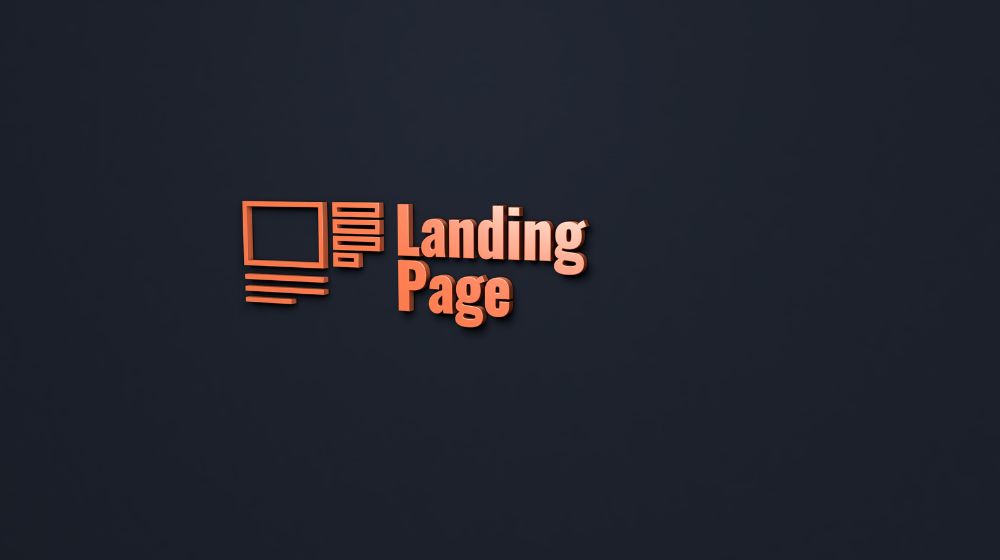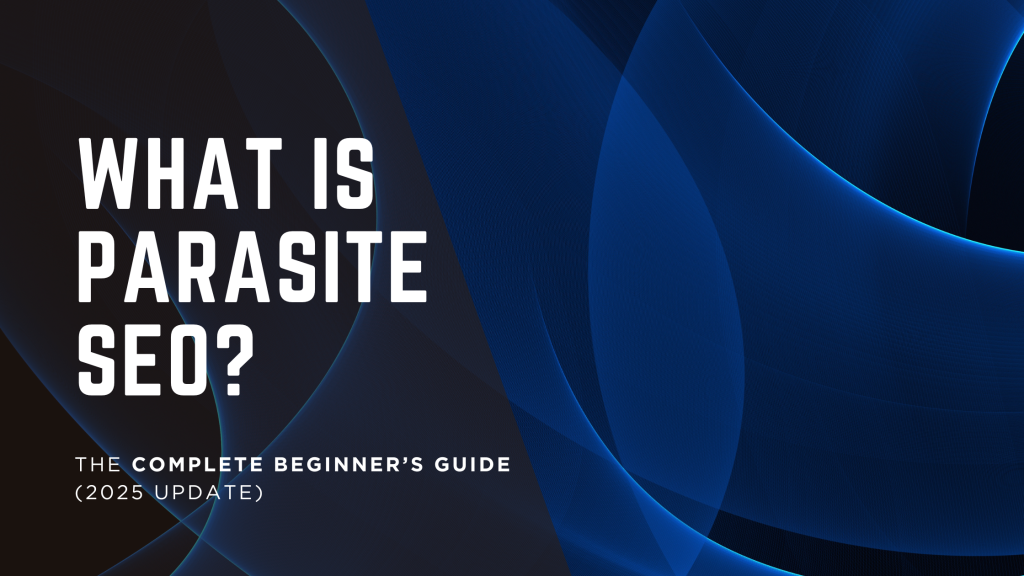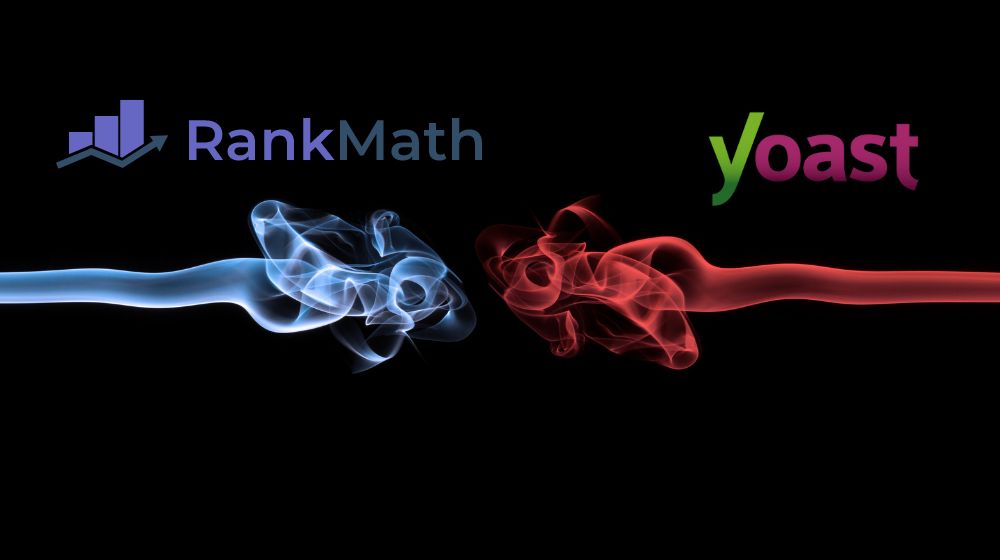If you want to increase sales, then you need to learn how to write a product description that sells.
Many business owners mistake thinking that simply listing their product features will automatically make people buy their products. However, this is not the case.
To generate sales, you need to create an enticing product description that makes people want to buy what you’re selling. This blog post will teach you product description writing and how to write a product description that sells.
How To Write a Product Description That Sells
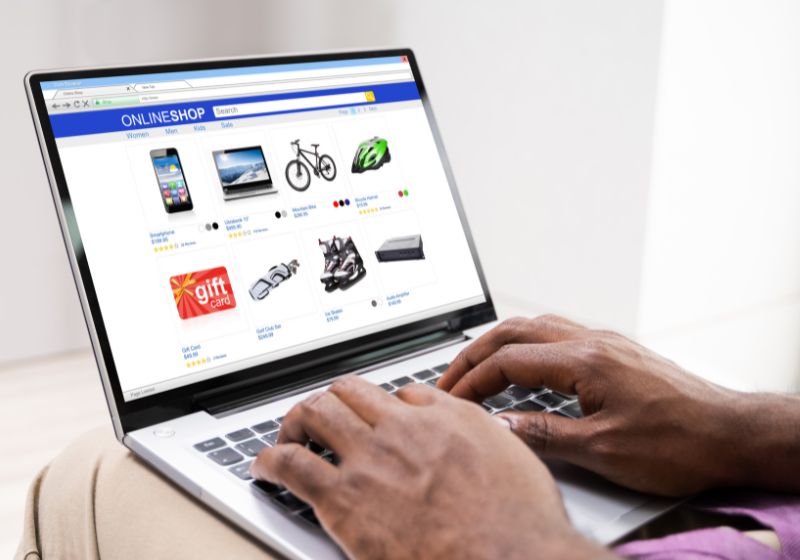
[lwptoc skipHeadingLevel=”h1,h2″]
What Is a Product Description
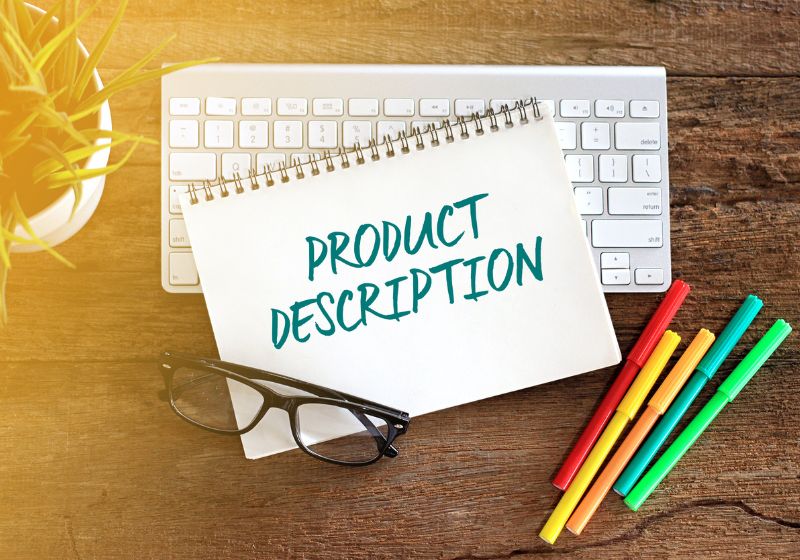
A product description is a copy containing all the product details and information on your website.
What Is the Importance of Product Description
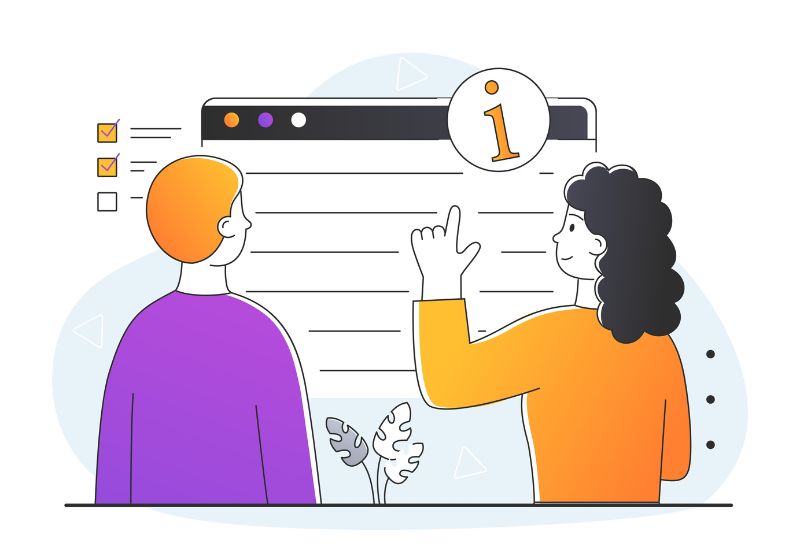
Product descriptions are vital to any eCommerce website. They help customers understand what you sell and why they should buy from you.
You can write product description in different ways. But they must be clear, concise, and informative.
Whether you sell products directly through your site or third-party sites (like Amazon, eBay, Etsy, etc.), effective product descriptions can help:
- Drive traffic to your site
- Increase conversions
- Boost your visibility on search engine results pages.
A well-written product description will increase your conversion rate, sales, and profits.
Good product descriptions can lure potential buyers.
Effective product descriptions can influence the customer’s buying decision.
Great product descriptions can help:
- improve conversions
- increase sales, and
- enhance your visibility and SEO on pay channels.
Product description plays an important role in conversions.
Unfortunately, even though it holds incredible power, a good product copy can be hard to write. It can be mind-numbing when you have a long list of items on your product page to work through.
Product descriptions are frequently awful.
You might think no one reads product pages’ copy. With so many additional conversion rate optimization tactics on a website, a product description can’t possibly influence sales and conversion, but I’m afraid that’s not right.
According to research, 20% of failed purchases were because of a lack of product information.
Most eCommerce store owners and marketers are susceptible to the same copywriting blunder (even experienced copywriters make it sometimes): writing product descriptions that describe your items.
What’s the problem? It’s wrong because great product descriptions must help customers buy your products, not just as back-of-the-box information dispensers for search engines (though SEO can’t be an afterthought).
Let’s look at how to persuade people to buy your product on your online store.
How To Write Product Descriptions
Suppose you have now brought a potential buyer to your site. Potential customers on your site are now looking for the perfect product to meet their needs. Your online shop’s product description plays an important role in conversions.
Identify your Ideal Customer.
When writing a product description, the first thing you need to do is identify your target audience.
- Who are you trying to sell this product?
- Who is your ideal customer?
Create an Ideal Customer Profile.
Once you know who your target audience is, you can then start thinking about what needs and wants they have that your product can fulfill.
Write down a list of these needs and wants and the features of your product that address them. This list will be the basis of your product description.
Once you understand your target audience and what they’re looking for, it’s time to write your product description.
It would be best if you also optimized product descriptions for mobile devices since many shoppers will read them there.
Product Description Template
- Attention-Grabbing Headline
- Product Overview
- Product Features
- Strong Call To Action
Attention-Grabbing Headline.
Grab attention with an interesting headline or opening sentence. Remember, you only have a few seconds to make a good impression, so ensure your opening is catchy and eye-catching.
Product Overview
Provide a brief product overview explaining how your product can help the customer.
But, again, be sure to use clear and easy-to-understand language. Avoid technical jargon or fancy words that people might not know.
Product Features
The next section of your product description should detail the features and benefits of your product. First, highlight all the Relevant Features.
- This Features and Benefits Section is where you get to sell your product! First, highlight the product features most relevant to your target audience. Then, explain how they will benefit from using them.
- Use persuasive language and be as specific as possible. For example, instead of saying that your product is great for anyone who wants to stay healthy, say it is perfect for athletes who want to improve their performance and recovery time. Or for busy parents who want to ensure they get all the necessary nutrients.
- Appeal to your ideal buyer persona. Your product should appeal to your ideal customer. Consider what benefits you offer them.
- How does your product help them feel happier, healthier, and more productive?
- What problems does your product help solve, and what hassle does it remove?
- Don’t just sell a product; sell an overall experience.
Difference Between Feature and Benefit
A product feature is a fact about the product that provides information about the product. On the contrary, a product benefit tells the customer how it can improve their lives. As a business owner, you may want to focus on the features of your product.
However, the buyer isn’t necessarily interested in those features. Instead, they want to understand how your product can help them.
A product feature includes technical information about the product. These facts tell the buyer how the product works. On the opposite side of the spectrum, a product benefit tells why the product is useful.
It explains how the product can improve someone’s life.
When describing your product, think about how the product improves the buyer’s life. Then, for each feature, write down how it helps the buyer.
- For example: “100% pure Himalayan salt” means that the product contains nothing else.
- “1.75 ounces” means that the product is smaller than the average candle.
- “On/Off Cord & Light Bulb Set” means that the product comes with everything you need to enjoy the scent.
Now that you’ve outlined the features and benefits of the product, you’re ready to start writing the product description.
- Start by listing the features first.
- Next, think about how each feature helps the buyer.
- Finally, finish the product description by explaining how the product benefits the buyer.
Strong Call To Action
Finally, end your product description with a strong call-to-action (CTA).
- First, tell the reader what you want them to do next:
- Purchase your product
- Sign up for your email list, etc.
- Then, make it easy for them to take action by providing a link or button they can follow.
Product Description Writing Tips
Dress Up With Power Words
When writing product descriptions, look for ways to dress them up with power words. These words will help customers remember and get excited about buying your product.
Dress up your product descriptions with power words. For example, use words like “stunning” or “sensational” instead of “nice” or “high quality.” These words will help convince customers that your products are exciting and worth buying.
Make Your Product Description Scannable.
People have shorter attention spans and read less than half of what’s on the screen. So, your product description must be concise enough to fit on a single screen. Bullet points, short paragraphs, and plenty of white space will help you quickly get all the important details across.
When you write product descriptions, make them easy to read and scannable. Use Bullet points, short paragraphs, and different-sized fonts to create an easily readable product description.
- Ingredients and specs can be in bullet points.
- The story and highlights can be short paragraphs.
- The product title can be a heading.
You can also use headings, subheadings, and bold text to highlight important features.
Use large font sizes and bold text to draw the eye to keywords.
Insert Product images & Product Videos
Use good images because 63% of customers think a product image is more important than the description or reviews.
Good quality product photos could show key product features and allow the customer to envision how it would be on a day-to-day basis if they purchased it.
Vitamix, a brand of professional-grade blenders, uses quality photos and videos on its product pages to help sell its products.
Rather than telling you the blender’s features, they show you a photo of a blender full of food items and an inspiring image of the motor. They also use enticing power words and describe the benefits within the short scannable product description, making it easier to understand and envision using the blender at home.
The customer can immediately imagine having this blender at home in real life.
Canon does the same by providing video and quality images to display the features of their PowerShot camera.
They display the product features in a way that feels like you are poking and prodding yourself at the camera.
If holding this camera in your hands, you would probably try to poke around inside it, extend its lens, and test out its flash. But because you can’t hold the camera in your hand, the pictures do all the poking and probing for you.
Research shows that customers who can physically handle a product are much more likely to buy it. So if you’re trying to sell something online, you should ensure that the photos or video show what the product looks like when it’s in someone’s hands.
You can also create videos using free software like Camtasia Studio, ScreenFlow, iMovie, etc. You can also create videos of yourself explaining what your product does. You could even record a short demo of your product in action. If you’re ambitious, you could hire someone to produce a professionally made video for you.
By following these tips, you can learn how to write a product description that sells and increases your product sales!

